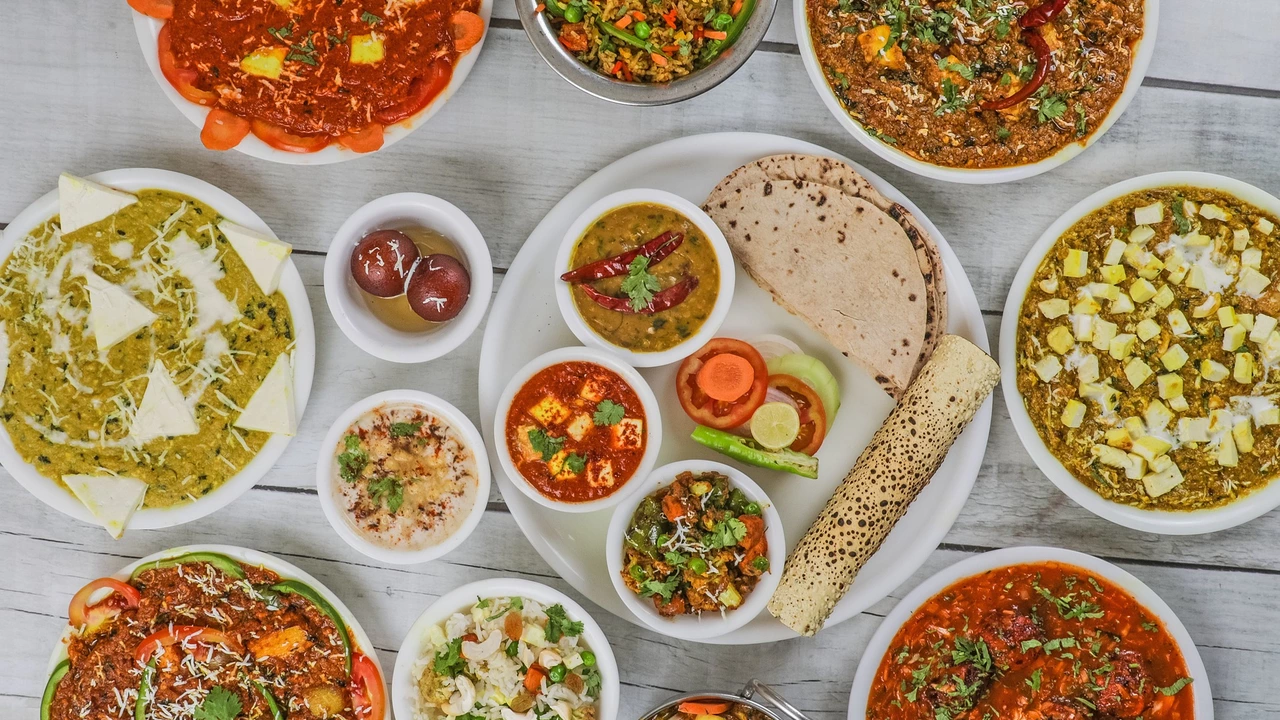
Understanding the Basics of Indian Cuisine
Indian cuisine is as diverse as its culture. Its rich history and traditions have resulted in an array of dishes filled with robust flavors, vibrant colors, and aromatic spices. It's not just about the taste; it's an experience that touches all your senses. From the sound of the sizzling tadka, the sight of the colorful ingredients, the smell of the spices, to the taste of the final dish, Indian cuisine is a gastronomic journey that everyone should embark on. So, let's start the journey and learn how to cook Indian recipes.
Essential Ingredients in Indian Cooking
Indian cooking revolves around a set of fundamental ingredients. Spices such as turmeric, cumin, coriander, and garam masala are at the heart of most Indian recipes. Fresh ingredients like tomatoes, onions, and garlic form the base of many dishes. Other staples include rice, lentils (dal), and a variety of breads such as roti and naan. But remember, the key to a great dish is the quality of the ingredients you use. So, always opt for fresh and good quality ingredients.
Mastering the Art of Spicing
Indian cuisine is famous for its use of spices. But it's not just about throwing in all the spices you have in your kitchen. It's more about understanding each spice, its flavor profile and how it interacts with other ingredients. The same spice can give a different flavor depending on when and how it's used. For instance, adding it at the start can give a subtle background flavor, while adding it at the end can give a strong top note. So, take time to learn about each spice and experiment with it.
Learning Traditional Indian Cooking Techniques
Indian cooking is filled with unique techniques that can often seem daunting to beginners. From tempering spices (tadka) to slow-cooking meats (dum), each technique has a purpose and can greatly affect the final outcome of the dish. But don't be intimidated. With practice, you'll get the hang of it. Start with easy techniques and gradually move to more complex ones. And remember, even if you make a mistake, it's okay. That's how you learn.
Trying Out Easy Indian Recipes
Now that you're familiar with the basics, it's time to put your knowledge to the test. Start with easy recipes like dal (lentil soup), jeera rice (cumin rice), or aloo gobi (potato and cauliflower curry). These recipes require minimal ingredients and are fairly straightforward to make. Practice these recipes until you're comfortable, then move on to more challenging dishes.
Exploring Regional Indian Cuisines
Indian cuisine is not just one cuisine, but a collection of diverse regional cuisines. Each region has its own unique dishes, cooking techniques, and flavor profiles. From the rich and creamy dishes of North India to the spicy and tangy dishes of South India, there's a lot to explore. So, don't limit yourself to just one type of Indian cuisine. Try out recipes from different regions and discover the diversity of Indian cuisine.
Presenting and Serving Indian Dishes
Finally, let's talk about presentation and serving. In Indian culture, food is not just something to fill your stomach; it's a way of expressing love and hospitality. So, presentation and serving play a significant role. Indian meals typically consist of several dishes served together with rice or bread. It's not just about the main dish; even the side dishes and accompaniments are equally important. So, take time to present your dishes beautifully and serve them with love.
And there you have it, a beginner's guide on how to cook Indian recipes. Remember, cooking is an art, and like any art, it takes time and practice to master. So, be patient, have fun, and enjoy the process. Happy cooking!
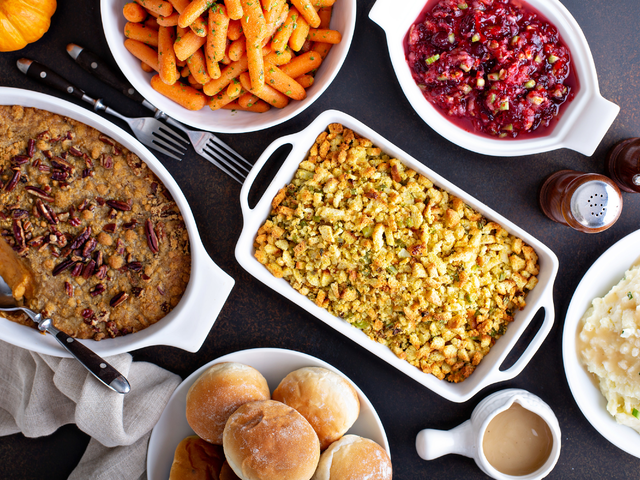
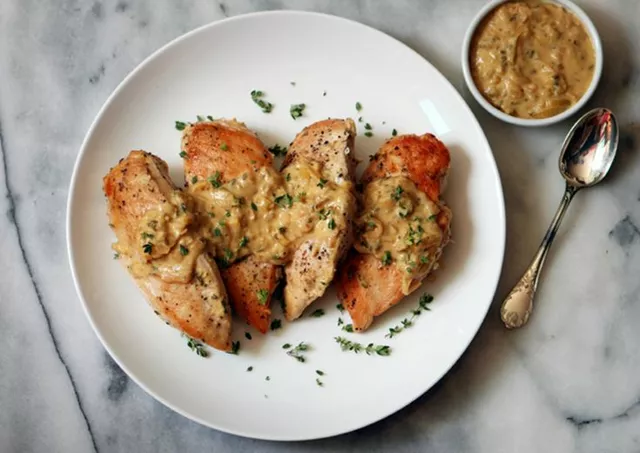
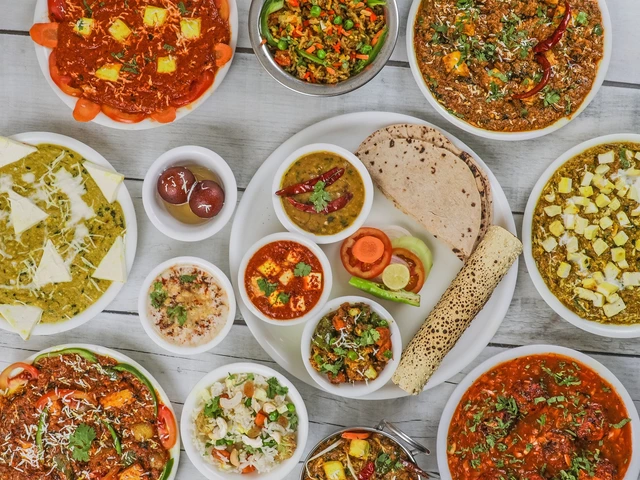
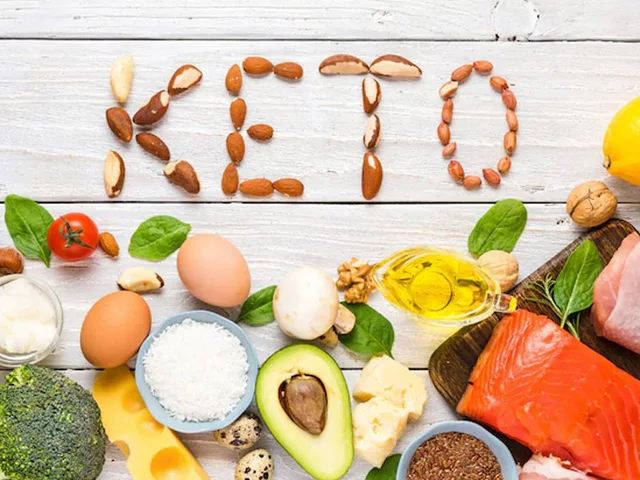
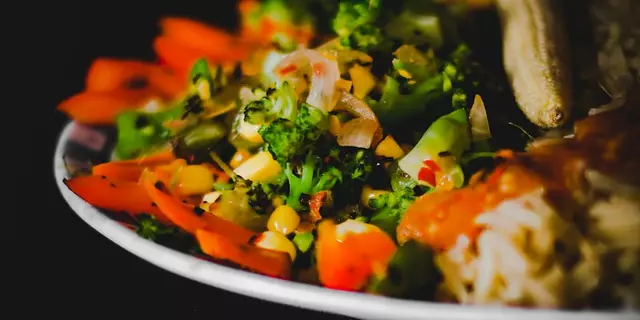
Write a comment
Your email address will not be published. Required fields are marked *